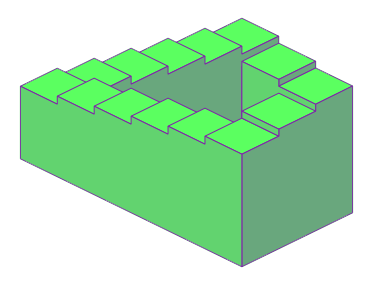
Illusions
Illusions demonstrate how perception is an active process. Our brain is constantly analyzing and trying to understand what it is sensing. It applies certain rules to objects based on cues. But when the cues are arranged in certain ways, they lead the brain to make erroneous assumptions and judgements.
Brightness Illusion
Slide the red handle to show how our perception of the brightness of an object can be influenced by expectations of shading and context. The two squares are always the exact same brightness in reality.
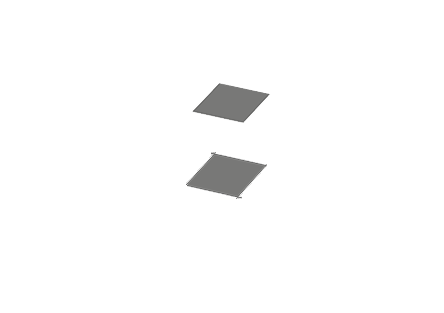

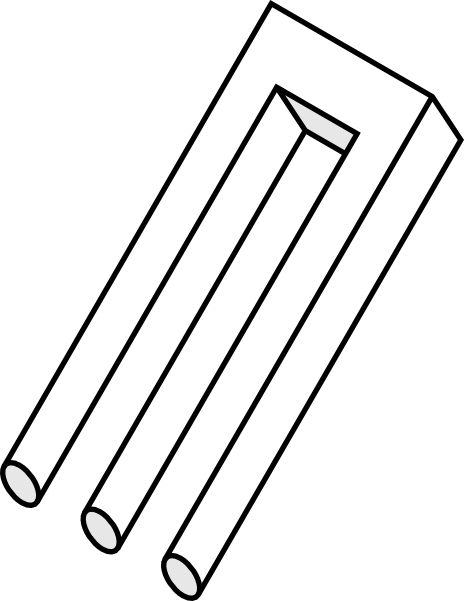
Blivet Effect
This impossible figure results from our brains use of cues to automatically create 3D. We cannot not see 3 round rods at one end and a rectangular prong at the other.
Relative Size
Slide the red handle to show how perception of size is influenced by how far away we judge an object to be.
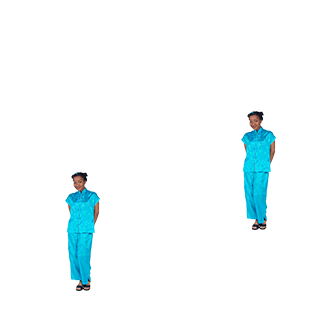
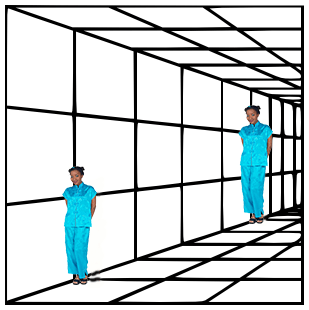
Hermann Grid Illusion
One can see black dot in the white intersections everywhere but the place where one focuses. Attempts to explain this by retinal processing have not proved correct, so the illusion remains unexplained.
Of the

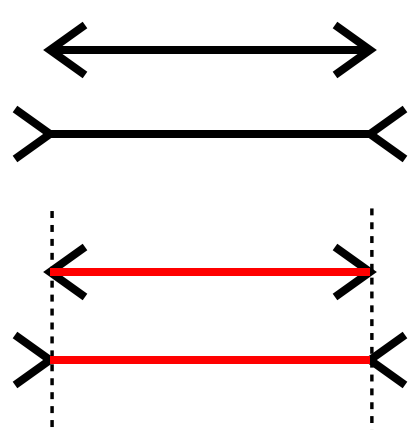
Muller-Lyer Illusion
All horizontal lines are of the same length, however, most perceive the lines of the bottom figures as being longer. The effect occurs because of the learned effect of depth being extracted from line angles and its effect on the size of objects. Rotate the figure 90 degree and they could appear as the corner of room or the outside of a building. Since we perceive the bottom figures as further away, the lines must be bigger.
Gestalt Continuity
Gestalt theory states that one sees object in their simplest form. Even though both of these figures have the same lines, we tend to see the figure on the right as two straight lines intersecting.
Y

Hering Illusion
Slide the red handle to see how the same parallel lines appear bowed when seen against the background. The illusion results from an overestimation of the angles at the intersections.
S
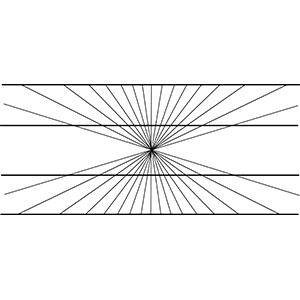

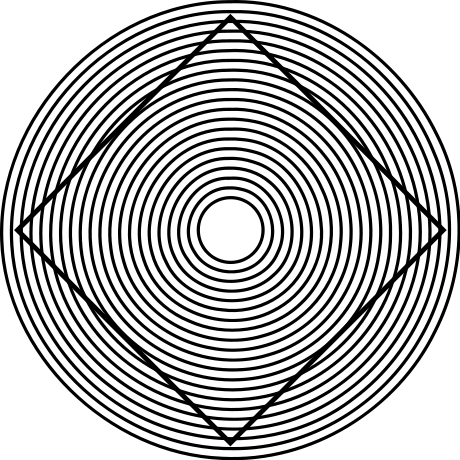
Ehrenstein Illusion
The perfect square at the center is distorted by the perceived direction of the circles, so that it appears bowed at the sides.
Yj
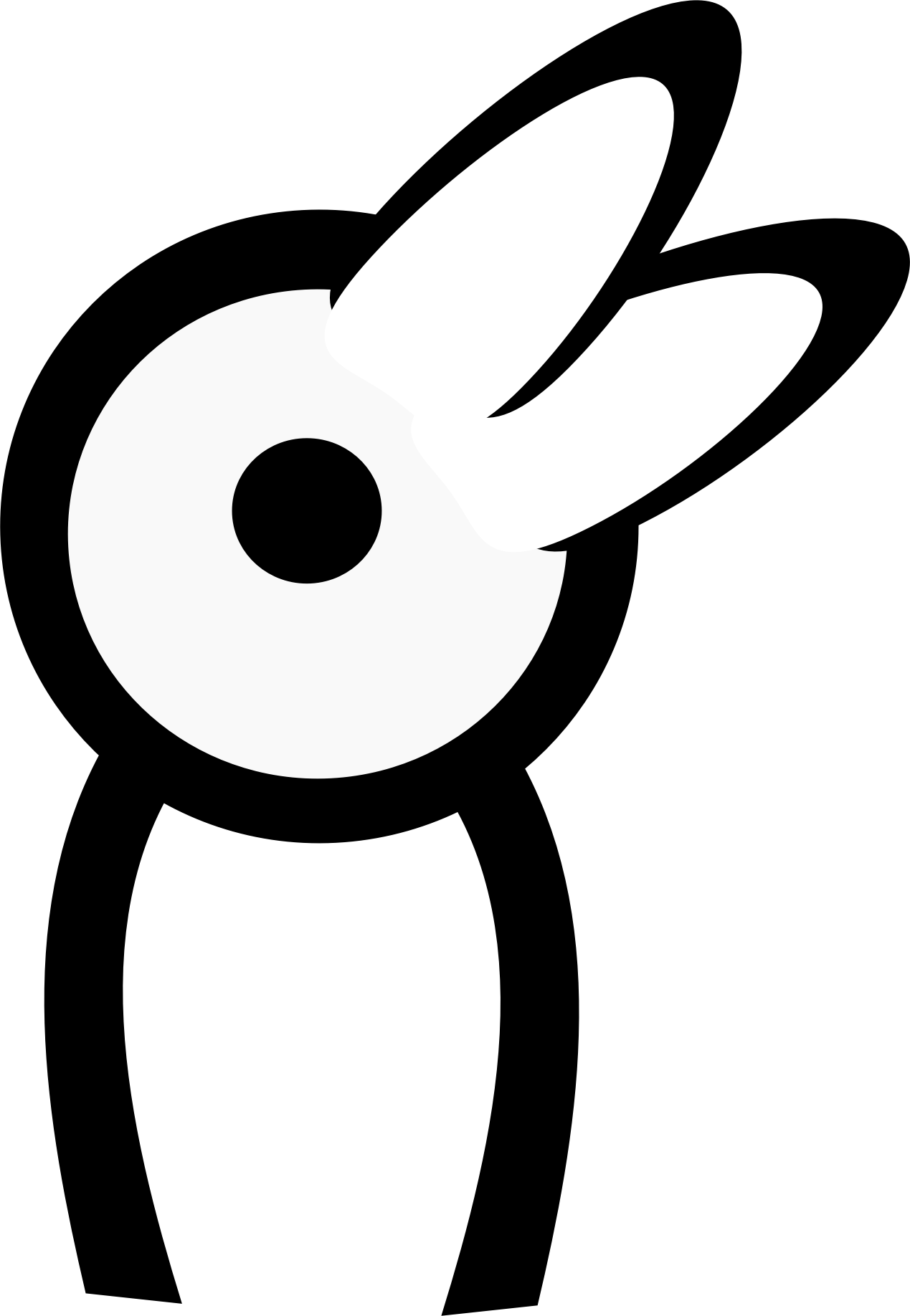
Rabbit or Duck?
Perception is influenced by prior experiences. Those who were first presented with images of ducks, saw a duck. Those first presented with a rabbit, saw a rabbit.
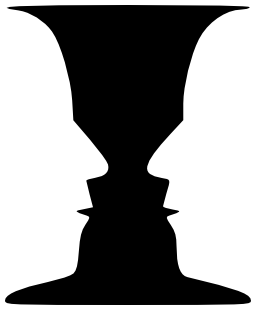
Rubin Illusion
One can see either two white faces looking at each other or a black vase. What one sees depends on the overall perception of the figure and ground.
New Paragraph
Gestalt Closure
Slide the red handle to show how the brain perceives objects by filling in gaps to make the simplest perceptual interpretation.
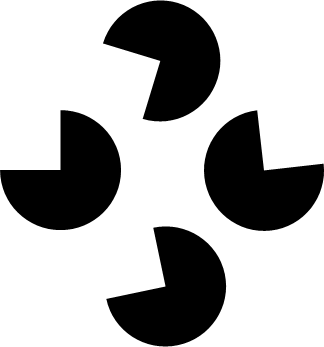
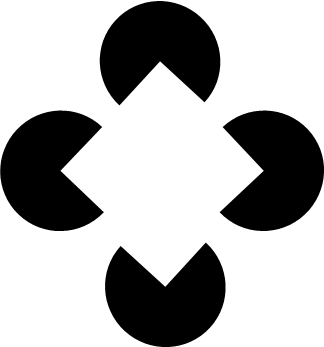
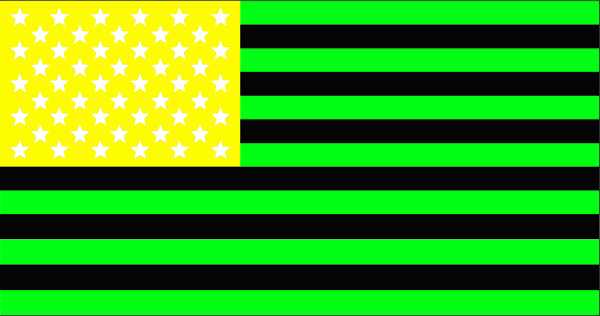
Negative Afterimage 1
Stare at the center of the flag above for 1 minute, then immediate stare at the blank white space to the right. What appears is the result of the antagonistic color system in the brain: yellow-blue, green-red, black-white.
Negative Afterimage 2
You should see a red, white, and blue flag appear above.
